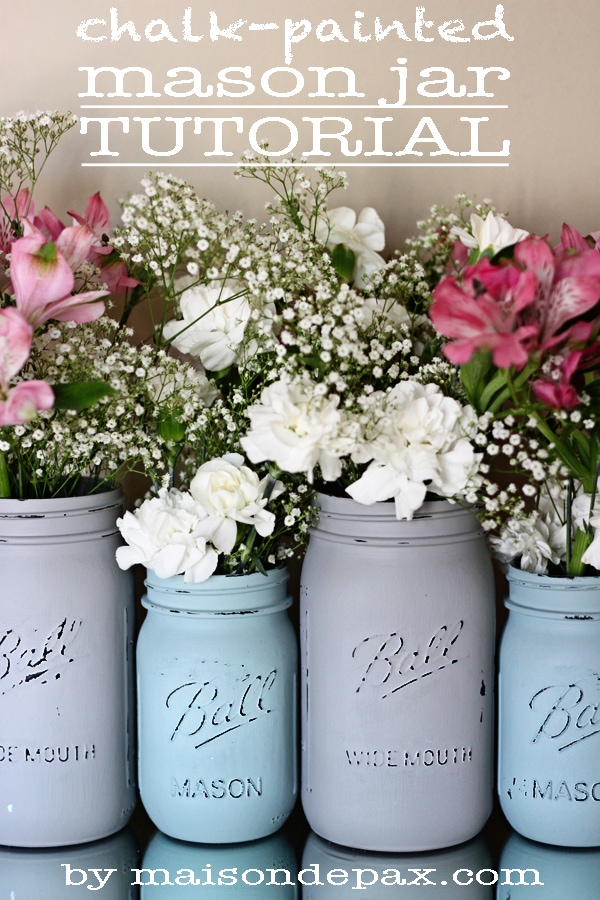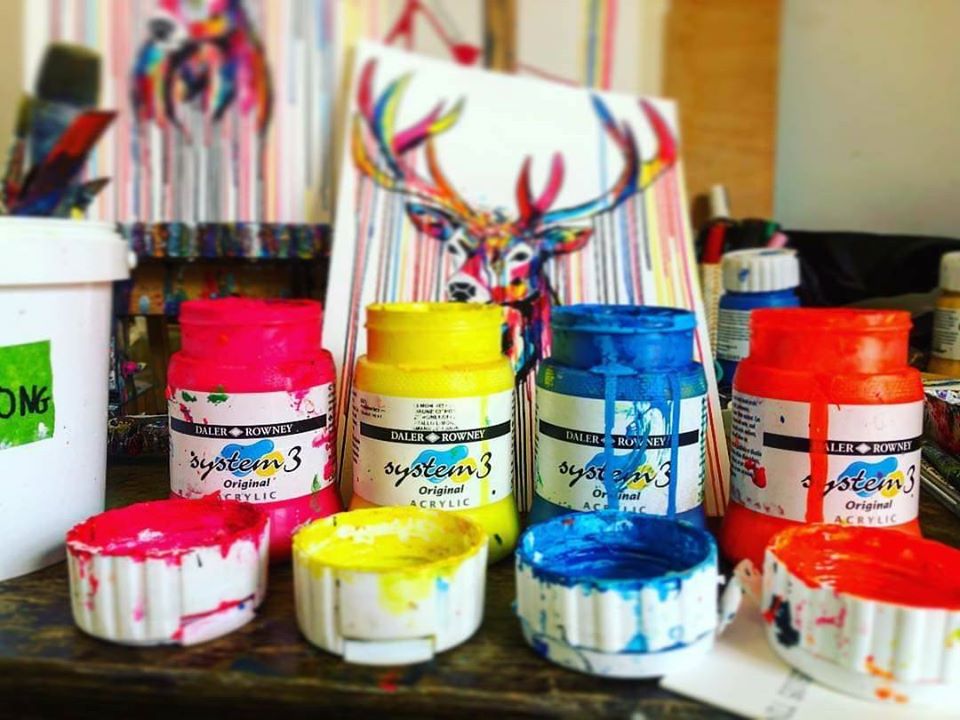Paint Jars: A Colorful Journey
"A picture is worth a thousand words." I find this to be very true. And when you start painting, the paint jar becomes a window to that world. Imagine the journey that paint begins as raw ingredients in the earth.
What's Inside a Paint Jar?
Think about paint jars like tiny laboratories.
The Secret Ingredients:

Source: roetell.com
- Pigments: Natural and man-made powders, ground up from minerals, flowers, stones… these color everything (we will come back later on their sources!).
- Binders: The stuff that makes everything hold together, that turns the liquid into solid. Different kinds of binders lead to different kinds of paint: oils, acrylics, watercolors. (think glue for a painting!)
- Solvents: Helps with making the paints thinner or thicker and flow freely. Needed to dilute, and it’s often the water in watercolors.
- Additives: A lot of mysterious things. Additives make paint behave a certain way: quicker drying, less thick…it changes how you do the work. (imagine different recipes of making bread.)
Why So Many Choices?
- Different textures: smooth, chalky, or thick! Some are designed for details; some, for bolder looks.
- Different applications: on paper, canvas, wood… Each surface needs a kind of paint that will stick (just like you have to pick the right knife for your meal!)
- A spectrum of colors: You can pick your happiness from different colors! (maybe blue makes you calm and warm colors make you happy!)
Types of Paint
There are many types, with so many ways to use these tiny wonders of color.
Watercolor
Imagine watercolor is like magic. The paint looks so clear, yet it becomes solid with blending. Water is a magic ingredient, right?
- Easy to clean: A little bit messy when used (just like a tiny kitchen experiment!)
- Light and transparent effects (I always love how the colors blend into the background.)
- Good for sketching or drawing illustrations
Acrylic
Acrylic is super versatile (which means it does a lot of things!).
- Quick drying: good for fast workers (or students that are rushing for assignments!), quick and easy to create (a good pick if you do not have a lot of patience for dry time!).
- Can be used on almost any surface. (walls, fabric, wood – you name it!)
- Comes in thick or thin forms, that suit varied needs.

Source: pngtree.com
Oil Paints
Oil paint has the smoothness you want, it brings some deep elegance!
- Allows you to blend beautifully (create a lot of variety in tones).
- The time taken to dry makes a better opportunity to layer your paintings!
- Generally expensive compared to acrylics or watercolors

Source: maisondepax.com
My Personal Journey with Paint Jars
I remember my first painting with acrylic. My friend’s father is a really famous painter. He gave me some advice. The experience was thrilling. I got these beautiful colorful brushes, acrylics of varied thickness and tones.
( I wasn’t an expert. Painting for me started with experimentation.) I created strokes with lines and blocks of colors to feel what they would become in time. And the results… my paintings seemed like the real world! It just filled me with inspiration. Sometimes the most exciting things happen without even trying.
Review From My Mom: She always loved how each new brushstroke revealed a bit of a new world of imagination and color in the same artwork!
Other People’s Thoughts: One person commented that acrylics were brilliant for their fast-drying nature and the unlimited versatility (you name the medium or surface). This allowed them to paint different artworks (especially paintings in series)! Another remarked that watercolors offered magical light and blending!
The Journey of a Paint Pigment
Now, let's look at the paint ingredients a little closer!
From the Earth to Your Canvas
A journey from a place like a mining facility to the paints, a colorful journey. Paint pigment comes from:
- Minerals: iron oxides, copper compounds. They provide beautiful colors such as reds, oranges, browns (imagine an explosion of earthy hues!).
- Plant materials: extracted from the different flowers, plants… a range of stunning tones. (like nature's candy store!).
FAQs about Paint Jars
Q: How long does paint last?
A: A well-sealed jar of paint can last for years. (but remember to keep it away from excessive moisture to avoid becoming clumpy!)
Q: What should I do if the paint gets thick?
A: Try adding a touch more thinner/solvent, or mixing it with some fresh paint, according to the specific guidelines for your type of paint!

Source: fineartsmaterial.pk
Q: How can I get the most out of my paint?
A: Use high-quality brushes. Learn the right techniques for blending and layering (with practice, you can gain more proficiency over time!), use an easel to have the best grip (maybe try practicing holding your arm to paint on the table)
Conclusion
The colorful journey of paint and art are closely connected to a painter's vision, experience and expression of self, much like our life experience. Painting brings happiness, comfort and a great ability to express oneself! Paint jars are portals to a world of creative expression, with each brushstroke creating an opportunity for self-discovery.
